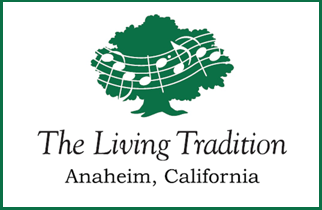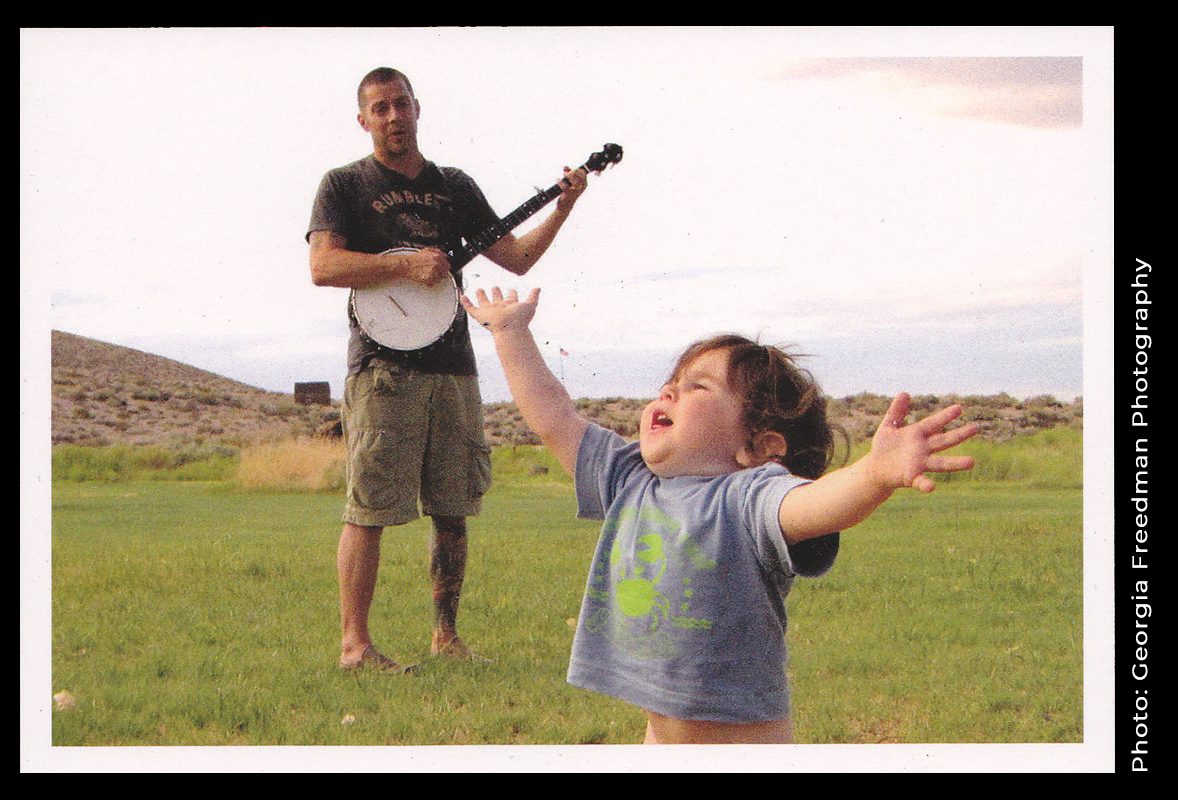TAKING THE CONFUSION OUT OF FUSION
Taking the Confusion out of Fusion
 Decades ago I used to have a beef about the rock-style bass beat too often introduced into folk music performance. Living in Montréal, where traditional folk music groups abounded, I noticed a trend that infuriated me. A group that had a warm, vibrant acoustic sound evoking rural French-Canadian roots would acquire a trap set. Presto! Their sound would become more contemporary. Now the musical ensemble could proudly bid for attention alongside rock groups. I assumed these groups were aiming to expand their audience. That’s what the word fusion meant to me. I was vaguely familiar with the term as a reference to the combination of disparate musical elements. If the above was an example of fusion, then I hated fusion.
Decades ago I used to have a beef about the rock-style bass beat too often introduced into folk music performance. Living in Montréal, where traditional folk music groups abounded, I noticed a trend that infuriated me. A group that had a warm, vibrant acoustic sound evoking rural French-Canadian roots would acquire a trap set. Presto! Their sound would become more contemporary. Now the musical ensemble could proudly bid for attention alongside rock groups. I assumed these groups were aiming to expand their audience. That’s what the word fusion meant to me. I was vaguely familiar with the term as a reference to the combination of disparate musical elements. If the above was an example of fusion, then I hated fusion.
With the passing decades came knowledge, wisdom, tolerance and the questioning of assumptions. It turns out that the term fusion came into use in the late ‘60s and ‘70s with the blending of jazz, rock, and funk genres. That is not to say that combinations of genres, styles, and cultural traditions weren’t mingling before that. In fact, that is really the history of music world-wide. But in the mid-60s – before the term fusion was coined – The Incredible String Band was already incorporating the Middle Eastern oud and East Indian sitar into their folk repertoire. In many ways, Miles Davis’s 1970 release, Bitches Brew, was emblematic of fusion as an outgrowth of jazz, artfully infusing jazz with electronica and a funk vibe, and featuring a roster of musicians that would do right by any genre – Wayne Shorter, Joe Zawinol, Chick Corea and Herbie Hancock, among others. Dismissed by purists, fusion was at first disparaged by jazz writers and ignored by rock critics. But much of the public embraced the creative pioneering of groups such as Weather Report, which intertwined jazz with contemporary art music-style experimentation and the electronic enhancements of rock. At the same time, brilliant jazz guitarist John McLaughlin was exploring East Indian musical idioms in depth with his Mahavishnu Orchestra. So fusion came to stand for not just mixtures of genres or styles but also combinations of cultural traditions.
Musicologist Kevin Fellezs calls the music of that fusion era a “trans-generic form of music … a space in which musicians pushed back against the conventions of the music industry … and the requirements of genre.” An example today would be Afro-Celtic Sound System, a band that blends Irish and West African musical expression. For better or for worse, today you can find dozens of subcategories of what they call “fusion musics,” from Gypsy jazz to garage punk. Is this getting out of hand? Furthermore, the word fusion has slid into the domain of cuisine. The Oxford dictionary online states as one of its definitions: “Referring to food or cooking that incorporates elements of diverse cuisines. (For example) ‘their fusion fare includes a sushi-like roll of gingery rice and eel wrapped in marinated Greek grape leaves.’” (This example almost made me gag! How unfair to fusion cuisine…)
Now let me anchor us to a current example of fusion music that is a delight to the ear. The newly released album Island Breeze combines the acclaimed slack key guitar playing of Jeff Peterson with ethereal sounds of shakuhachi flute master Riley Lee and tonally rich drumming of Taiko master Kenny Endo. Each of the musicians composed selections for the collaboration, with Peterson contributing the largest number of original pieces. It is interesting that US-born Riley Lee, who took up the bamboo flute in 1971, is himself a figure of musical fusion: he is the first non-Japanese to attain the rank of Dai Shihan or Grand Master in traditional shakuhachi. Some of the flute melodies on the CD suggest Japanese folk tunes and use a pentatonic scale. At times flute melodies are doubled in harmony, intensifying Riley’s effect. Peterson’s accompaniment and periodic solos display blues riffs and Asian motifs in addition to a subdued traditional slack key sound. Each member of the trio plays solos here and there, but these are not bravura turns as in jazz performance but brief individual musical statements that surge forth and deftly blend back into the fabric of the music created by all three.
Endo’s Taiko drumming was a revelation to me since my only experience of Taiko was the thunderous, rhythmic pounding by ensembles from California and Japan that can be fearful to behold and hear. His playing on this recording is soft and nuanced, making artful use of the tonal qualities of the instruments. My favorite piece of the collection is Na Pali, which means “the cliffs” in Hawaiian. Perhaps it is no coincidence that it is the one selection composed by all three musicians in collaboration. One senses the flute melody floating over the cliffs as subtle rhythms of the Taiko suggest the expanse of space below and the guitar offers a soft bed of harmony.
What these three musicians have accomplished is a fusion of musical sensibilities that blends cultural traditions, individual aesthetics, awareness of genre, and profound communication among them. That’s what fusion means to me today.
As for the rock- style bass beat tacked on to folk music performances for commercial purposes, the combination I bemoaned decades ago, it has nothing to do with the creative melding that true musical fusion offers. My fury directed at fusion was misplaced. I was ill-informed. So there.
Audrey Coleman is a writer, educator, and ethnomusicologist who explores traditional and world musics in Southern California and beyond.













